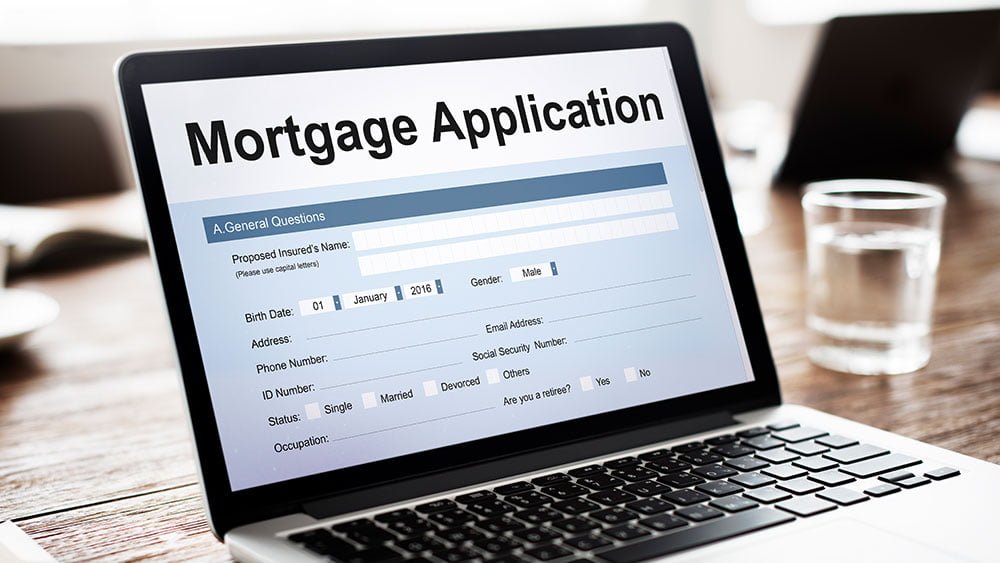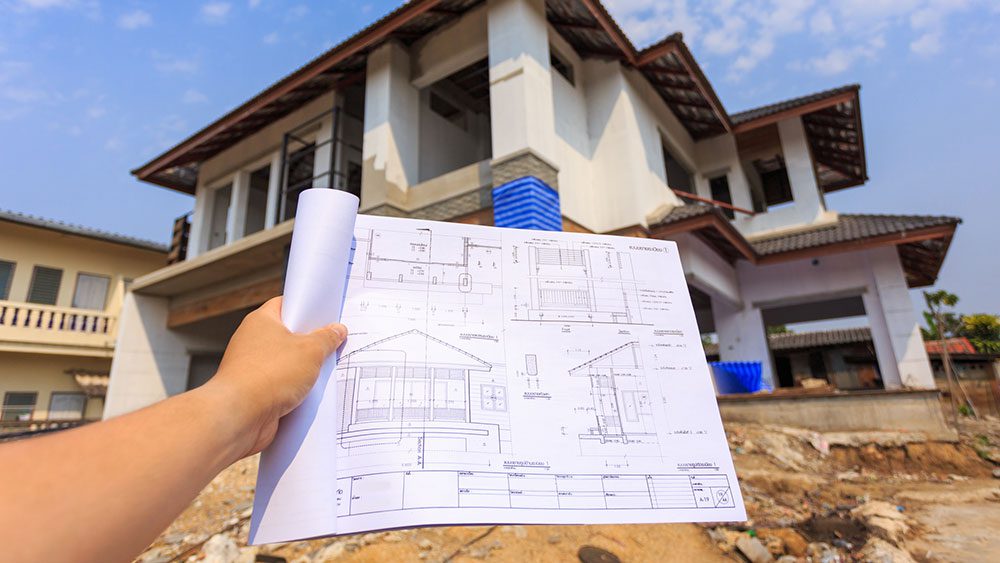Before embarking on the quest to find your dream home, laying the groundwork for a successful purchase is essential. As a prospective homebuyer, your journey begins with understanding your finances and clarifying your homebuying budget with the aid of a mortgage pre-approval vs. pre-qualification.
When to Consider Pre-Qualification and Pre-Approval
Pre-qualification and pre-approval should be on your radar early in your homebuying journey. Pre-qualification is the first indicator of your creditworthiness, enabling you to discuss your goals and financial options with a lender. It’s ideal to undergo this step before you dive deep into house hunting, as it informs you of your potential borrowing capacity.
Pre-approval, on the other hand, is a step you should take when you’re serious about making an offer on a house. It involves a more thorough review of your finances by a lender. With pre-approval, you’re ready to pinpoint properties that fit your budget and positioned to move quickly when you find the right home. Start this process after you have a clearer picture of what you’re looking for in a home and are ready to compete in the market.
Pre-Qualified vs. Pre-Approved: What’s the Difference?
Mortgage pre-qualification is an informal assessment of your creditworthiness. Based on self-reported financial information, it provides a rough estimate of the mortgage amount for which you may be eligible. For pre-qualification, you supply the lender with data regarding your income, assets, debts, and sometimes a credit check might be performed. However, it’s not always a necessity at this stage.
Getting a mortgage pre-qualification is usually a free process that can be done over the phone or online. During pre-qualification, lenders examine your self-reported financial data to estimate how much they might lend you. This step doesn’t involve a deep dive into your credit report, and they don’t verify the information—hence, the amounts discussed are not guaranteed. Pre-qualification is beneficial for getting an initial sense of your homebuying budget and can typically be done quickly.
Mortgage pre-approval goes several steps beyond pre-qualification and is a more complex, meaningful assessment of your financial health and homebuying readiness. Unlike pre-qualification, which relies on unverified financial information, pre-approval requires documentation and verification of your income, assets, debts, employment, and credit score.
A lender pulls your credit report and scrutinizes your financial situation, offering a specific loan amount they are willing to lend you under certain conditions. A mortgage pre-approval signifies to sellers and real estate agents that you are a committed and qualified buyer, thereby adding credibility to any home offer.
Mortgage pre-approval holds substantial weight in real estate transactions, especially in competitive markets, as it demonstrates that you have done your financial due diligence and are serious about proceeding with a purchase.
Estimating Your Buying Power with a Pre-Qualification
Pre-qualification is a tool for estimating your buying power in the housing market. It lets you understand the price range you may want to consider when browsing for homes. This assessment is based on your income, debts, assets, and sometimes a basic credit check, providing a snapshot of what mortgage amount you can comfortably afford.
However, it’s crucial to remember that pre-qualification figures are estimates rather than guarantees. When determining your ultimate budget, you’ll want to factor in additional costs like property taxes, insurance, and maintenance. Additionally, while pre-qualification gives you a potential loan amount, it still behooves you to consider your overall financial goals and ensure that monthly payments won’t impede other saving and investment plans.
Why a Pre-Approval Gives You a Competitive Edge
Achieving pre-approval status positions you as a dependable option in the eyes of home sellers. They will regard you more confidently than buyers who only possess a pre-qualification letter or no mortgage pre-approval at all. In essence, pre-approval serves as your financial ‘seal of approval,’ reinforcing that you have the means and intent to follow through on your offer.
In markets where competition is fierce, being pre-approved can make all the difference. Sellers often prefer transactions with fewer obstacles. Your pre-approval indicates that obtaining a mortgage won’t likely be one of them, potentially making your bid more attractive than others – even in scenarios involving multiple offers.
A Pre-Approval Streamlines Your Home Search
Obtaining pre-approval before you begin your house hunt is a strategic decision streamlining the home search process. Knowing the amount a lender is willing to finance helps you focus only on properties within your budget, saving you time and preventing potential heartache from falling in love with a home that exceeds your financial means.
Moreover, having a pre-approved mortgage amount allows you and your real estate agent to craft a more targeted search strategy. You can narrow your options to those that fit your financial situation, increasing your chances of a successful bid in a competitive market. The clarity that comes with pre-approval can also help you negotiate more robustly, as sellers may view you as a more serious and capable buyer.
Navigating the Application Processes
For pre-qualification, lenders typically require a few essential financial documents. These may include:
- Income Information: You’ll need to provide information about your income. Some lenders may request copies of pay stubs showing your most recent 30 days of income to gauge your earnings stability.
- Credit Check: A credit check might be part of the pre-qualification process to gauge your credit health. However, the lender often conducts this with your permission, which may not be as in-depth as the one performed for pre-approval.
- Bank Account Details: Basic information about your bank accounts, such as account balances, is usually needed to demonstrate financial solvency.
- Down Payment: An estimate of your down payment amount helps determine the type and loan terms you could qualify for.
Remember, the documentation for pre-qualification is less extensive and not as scrutinized as it is for pre-approval.
Additional Steps for Obtaining Pre-Approval
To secure pre-approval for a mortgage, there will be more rigorous requirements than those for pre-qualification. These additional steps include:
- Formal Mortgage Application: You must complete an official mortgage application, which is a more detailed process than the initial pre-qualification.
- Extensive Documentation: This includes tax returns, W-2s, 1099s, bank statements, investment account statements, and possibly more information to confirm your financial status.
- Credit and Financial Background Check: The lender thoroughly investigates your financial history and creditworthiness.
- Verification Process: Your employment will be verified, and any assets and liabilities will be scrutinized.
- Rate Lock: Depending on the lender, you might have the option to lock in your interest rate during the pre-approval process, which could incur additional fees.
- Conditional Commitment: The lender will provide you with a written conditional commitment for a specific loan amount, which you can use to confidently shop within your budget range.
Timing is Everything: When to Get Pre-Qualified or Pre-Approved
The best time to seek pre-qualification is at the beginning of your homebuying journey. Before browsing listings or attending open houses, you should have a conversation with a lender to understand your mortgage eligibility. During this stage, focus on:
- Reviewing Your Budget: Assess your current finances to see how a new mortgage payment would fit into your monthly spending.
- Exploring Different Mortgage Options: Use the opportunity to explore various mortgage structures and how they affect your potential loan amount.
- Setting Realistic Expectations: Align your expectations with the realities of the market within your achievable price range.
Pre-qualification helps to establish a clear starting point for your house hunt that aligns with your financial situation. It prevents the disappointment of looking at homes outside your budget and allows you to target your search more effectively.
Strategic Timing for a Mortgage Pre-Approval
Strategic timing for pre-approval is vital to your house-hunting journey. You should consider applying for pre-approval when you are:
- Narrowing Down Your Home Preferences: Once you’ve established a clear idea of the type of house you’re looking for, including location, size, and amenities.
- Ready to Act: When you know you’re prepared to make an offer as soon as you find the right home, pre-approval enables you to move quickly.
- Serious About Buying: The pre-approval demonstrates to sellers that you’re a serious contender in the market.
Remember, pre-approvals typically have a validity period — often around 90 days — after which they expire. Therefore, you’ll want to time your pre-approval to align with your home shopping and offer-making plans to ensure they remain valid when needed.
Do You Have to Spend the Entire Pre-Approved Amount?
No, you do not have to spend the entire pre-approved amount on your home purchase. It’s often wise to aim for a price range that is comfortably within your pre-approved limit to account for additional expenses not considered during the pre-approval process, such as future financial emergencies, ongoing debts, and everyday living costs. Prudent budgeting includes looking at your finances to ensure that your home or car payments are sustainable over the long term.
Are Mortgage Pre-Qualification and Pre-Approval Interchangeable Terms?
Pre-qualification and pre-approval are not interchangeable terms. Pre-qualification is an initial, less rigorous assessment of your potential to borrow and primarily involves self-reported financial information. It’s quicker and less comprehensive than pre-approval.
In contrast, pre-approval encompasses an in-depth examination of your credit and financial status, requiring documentation and credit checks. This makes pre-approval a stronger indicator of a buyer’s ability to obtain financing, and sellers often consider it more credible.
Closing Points
Understanding the differences between pre-qualification and pre-approval is essential for prospective homebuyers. Pre-qualification gives you a sense of your financial standing and can be a quick and easy starting point. On the other hand, pre-approval carries much more weight, requiring thorough documentation and credit review. Both steps are essential, with pre-qualification easing you into the homebuying process and pre-approval giving you a competitive edge in the market.
Taking these steps will set you on the path to homeownership with clarity and confidence, making buying a house as seamless as possible.
© 2024 xpertRealtyMarketing.



